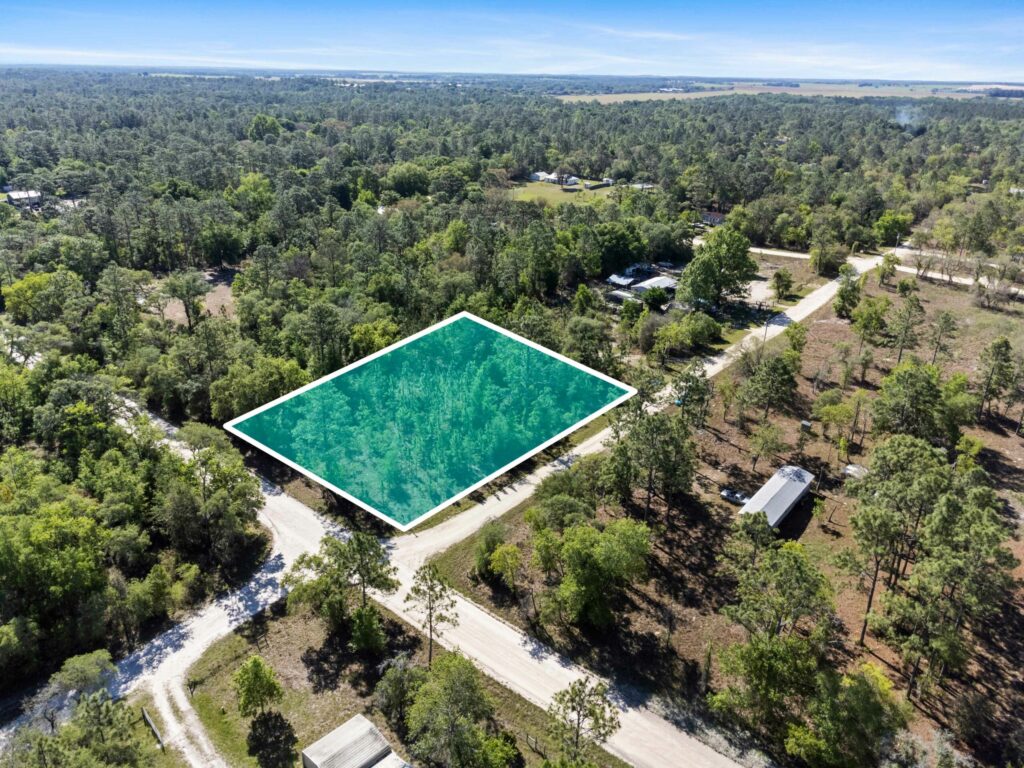Insider Secrets To Successful Florida Investment Property

Unlocking the secrets to successful Florida investment property begins with comprehensive market research. Identifying emerging trends, such as shifts in demand from urban to suburban areas or evolving preferences in property types, can provide a competitive edge. Networking with local experts and leveraging their insights on zoning regulations, development plans, and infrastructure upgrades can further inform investment decisions. Additionally, staying updated on economic indicators, like job growth and tourism rates, enables proactive adjustments to investment strategies. By mastering these intricacies, investors position themselves to capitalize on lucrative opportunities and navigate potential pitfalls effectively.
The Rise Of Florida Investment Property: What You Need To Know?
Florida’s ascent as a prime destination for investment Florida investment property. stems from its robust economic growth, favorable tax environment, and desirable lifestyle offerings. The state’s allure extends beyond its renowned beaches, encompassing diverse industries from technology to tourism. This multifaceted appeal attracts a steady influx of residents and tourists alike, driving demand for residential and commercial real estate. Understanding this upward trajectory involves recognizing key drivers such as population growth, climate resilience strategies, and strategic infrastructure investments. As Florida continues to evolve, savvy investors can capitalize on emerging opportunities while mitigating through informed decision-making and strategic planning.

Florida Investment Property: Choosing The Right Location
Selecting the ideal location is pivotal in maximizing returns on Florida investment property. Factors such as proximity to amenities, school districts, and employment hubs influence property value and rental demand. Coastal regions like Miami and Tampa offer vibrant lifestyles and robust tourism, while inland cities like Orlando thrive on entertainment and technology sectors. Suburban areas experiencing population growth present opportunities for affordable housing developments. Conducting thorough due diligence on local market trends, neighborhood dynamics, and future development plans enables investors to align their investments with evolving demand patterns. By strategically choosing locations aligned with long-term growth prospects, investors can enhance property appreciation and rental income potential.
Diving Into Florida Investment Property Opportunities
Florida’s diverse investment property opportunities span residential, commercial, and vacation rentals. Residential investments cater to growing families and retirees seeking sun-drenched lifestyles, while commercial ventures benefit from thriving business climates and strategic trade routes. Vacation rentals capitalize on the state’s allure as a tourism hotspot, offering seasonal income streams. Exploring niche markets such as luxury condos, waterfront properties, and mixed-use developments can further diversify investment portfolios. Each sector presents unique considerations in terms of regulatory compliance, property management, and market volatility. By diversifying across property types and maintaining a keen awareness of market dynamics, investors can optimize their portfolios for sustained profitability.
Florida Investment Property: Planning For Long-Term Success
Long-term success in Florida investment property hinges on strategic planning and adaptive management practices. Developing a clear investment strategy aligned with financial goals, tolerance, and market conditions lays the foundation for sustainable growth. Implementing rigorous due diligence in property acquisitions, including thorough inspections and financial audits, mitigates unforeseen liabilities. Establishing robust property management protocols ensures operational efficiency and tenant satisfaction, safeguarding rental income streams. Furthermore, cultivating relationships with local stakeholders and legal advisors fosters compliance with regulatory frameworks and facilitates seamless transactions. By fostering a proactive and agile approach to portfolio management, investors can navigate market fluctuations and capitalize on evolving opportunities effectively.
The Future Of Florida Investment Property
The future landscape of Florida investment property promises continued growth fueled by demographic shifts, technological advancements, and environmental sustainability initiatives. Urban revitalization projects and smart city innovations aim to enhance livability and attract a skilled workforce. Innovations in construction techniques and energy-efficient designs reflect evolving consumer preferences and regulatory mandates. Additionally, the integration of digital platforms for property management and investment analytics optimizes operational efficiencies and enhances investor transparency. Embracing these trends and adapting to regulatory changes positions investors to capitalize on emerging opportunities and mitigate in a rapidly evolving market.
Florida Investment Property: Management Strategies
Effectively managing is essential for safeguarding investments in Florida property. Market volatility, regulatory changes, and natural disasters pose inherent challenges requiring proactive mitigation strategies. Diversifying portfolios across property types and geographic regions reduces exposure to localized downturns. Implementing comprehensive insurance coverage protects against unforeseen liabilities, including property damage and liability claims. Conducting rigorous tenant screening and lease agreements minimizes associated with rental defaults and property damage. Moreover, maintaining liquidity reserves and staying informed about market trends and legislative developments empowers investors to make timely adjustments to their investment strategies. By adopting a proactive management approach, investors can preserve capital and optimize long-term returns.
Evaluating Returns: Florida Investment Property Analysis
‘Analyzing returns on Florida investment property involves assessing both financial metrics and qualitative factors. Key performance indicators such as cap rates, cash-on-cash returns, and internal rate of return gauge investment profitability and efficiency. Conducting comparative market analyses and property appraisals provides insights into asset appreciation potential and market competitiveness. Evaluating qualitative factors such as tenant retention rates, property condition, and neighborhood stability enhances investment decision-making and long-term planning. Additionally, leveraging financial modeling and scenario analysis tools enables investors to forecast cash flows and assess adjusted returns accurately. By adopting a data-driven approach to performance evaluation, investors can optimize portfolio allocation and maximize overall investment success.
Conclusion
Investing in Florida property offers multifaceted opportunities for investors seeking to capitalize on dynamic market trends and economic growth. From coastal havens to bustling urban centers, the state’s diverse landscape accommodates a spectrum of investment strategies. Success in Florida investment property hinges on comprehensive market research, strategic location selection, and proactive management. By leveraging insider insights, embracing technological innovations, and adhering to rigorous planning principles, investors can navigate challenges and capitalize on emerging opportunities effectively. As Florida continues to evolve, maintaining flexibility and adaptability in investment strategies ensures sustainable growth and resilience in an ever-changing real estate landscape.







